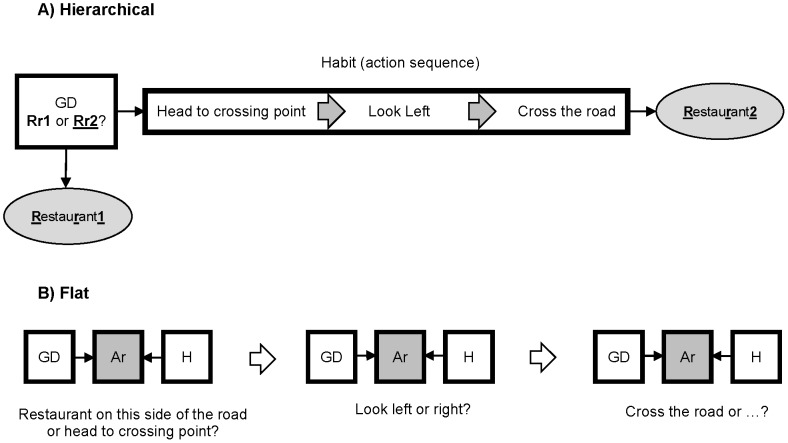Figure 1. An example illustrating the difference between the hierarchical and flat organizations.
(A) Hierarchical interaction. The goal-directed system (GD) selects goals and decides whether to go to a restaurant on this side of the road (Rr1) or on the other side of the road (Rr2). If it chooses to go to the restaurant on the other side of the road, then it triggers the habit of crossing the road and control transfers to the habitual process. After execution of the habit finishes, control returns to the goal-directed system. (B) Flat interaction. At each decision point, the arbitration mechanism (Ar) decides whether the next action should be controlled by the goal-directed system or the habitual system (H).

